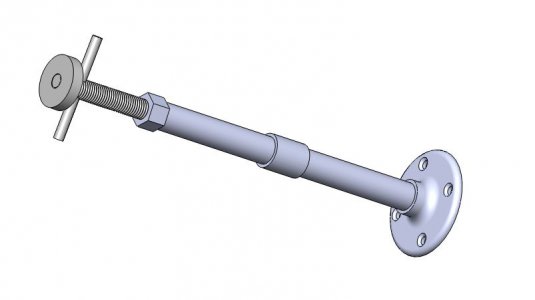- Joined
- Jul 15, 2015
- Messages
- 53
Has anybody done anything to improve the rigidity of a drill press table?
The table on my 16-speed floor standing drill press is pretty flexible. Even with sharp drill bits holes come out a couple degrees off 90, worse if the part is heavy. I can't come even close to accurate cross-drilling a piece of square tube, for example. It goes on one side and comes out the other 1/8" in some direction.
Clearly the correct answer is "buy a mill" but are there some incorrect answers?
The table on my 16-speed floor standing drill press is pretty flexible. Even with sharp drill bits holes come out a couple degrees off 90, worse if the part is heavy. I can't come even close to accurate cross-drilling a piece of square tube, for example. It goes on one side and comes out the other 1/8" in some direction.
Clearly the correct answer is "buy a mill" but are there some incorrect answers?


